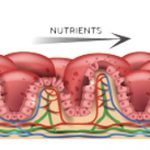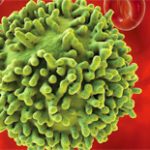The American College of Rheumatology (ACR) recognized the 50th anniversary of the Association of Rheumatology Health Professionals (ARHP) during the ACR/ARHP Annual Meeting this past November in San Francisco. The University of Arizona Arthritis Center followed up with a reception in Tucson to honor past presidents of the ARHP. The Tucson area has the highest…









